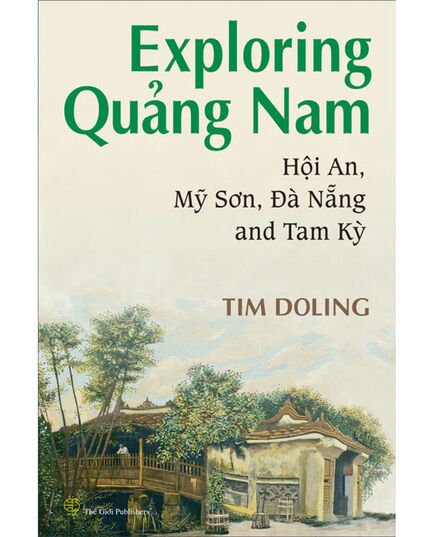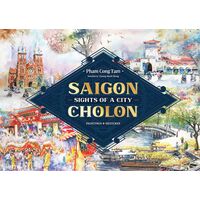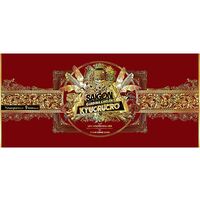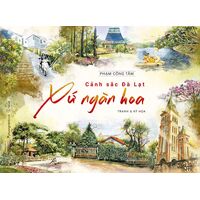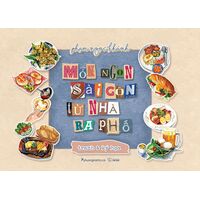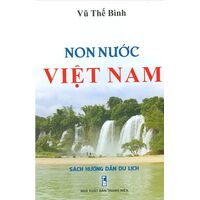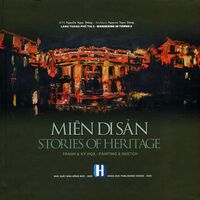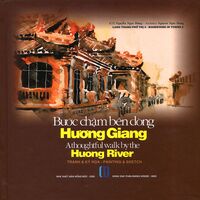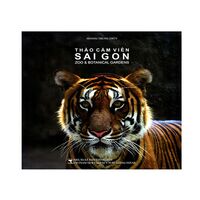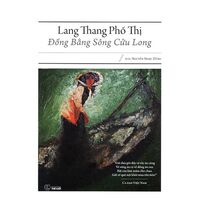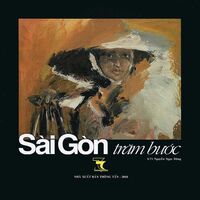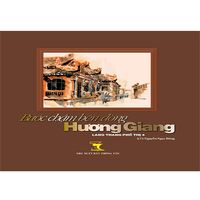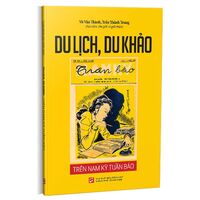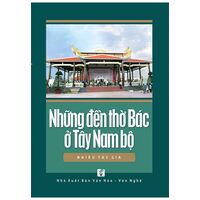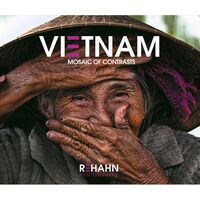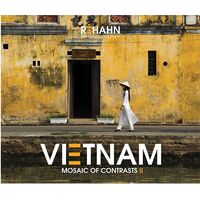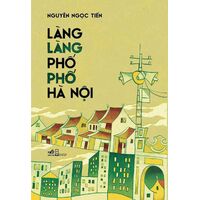Exploring Quảng Nam: Hội An, Mỹ Sơn, Đà Nẵng And Tam Kỳ (Sách tiếng Anh)
978604777889

Từ nhà sách đầu tiên năm 1982, Nhà Sách Phương Nam đã trở thành hệ thống nhà sách uy t...
Over 500 pages long and packed with useful maps and images, Exploring Quảng Nam is aimed primarily at independent travellers who wish to learn more about the region’s rich history and heritage.
The book starts with a detailed historical overview of the region, once the heartland of the ancient Chàm kingdom of Amaravati, with its capital at Trà Kiệu and religious centre at Mỹ Sơn, a kingdom which derived much of its wealth from maritime trade. When the Nguyễn lords assumed power there in the late 16th century, they quickly recognised and exploited the potential of the former Chàm port of Faifo (Hội An) on the Thu Bồn River, subsequently generating sufficient wealth from taxation on foreign merchant shipping to finance an ambitious programme of conquest and settlement in the South. Meanwhile, their palace-fortress at nearby Thanh Chiêm (modern Điện Bàn) became a second Nguyễn dynasty capital, administered as an appanage of the Nguyễn Crown Prince, where visiting Jesuit missionaries were able to develop the earliest form of the Romanised Vietnamese language quốc ngữ.
Regarded initially as a gateway to Faifo, Đà Nẵng emerged in the early 19th century as a maritime port in its own right, largely as a consequence of the gradual silting of the Cổ Cò and Thu Bồn Rivers. In 1835, Emperor Minh Mạng declared it the sole international port permitted to receive Western ships, and in 1888, Đà Nẵng was transformed into the French concession of Tourane.
Notwithstanding its relative political and economic insignificance during the colonial era, Quảng Nam-Đà Nẵng re-emerged after partition in 1954 as a region of great strategic importance. Designated as the headquarters of the Army of the Republic of Việt Nam (ARVN)’s I Corps Tactical Zone in 1955, Đà Nẵng became a major US base after 1965, accommodating an estimated quarter of a million US, South Vietnamese and allied troops by 1968. Today, Đà Nẵng is one of the fastest-developing cities in Việt Nam, an important trade and tourism hub and beach resort which serves as a gateway to neighbouring Quảng Nam province, with its two UNESCO World Cultural Heritage Sites of Hội An and Mỹ Sơn.
The book’s 15 tour chapters take visitors on a journey of discovery through the wider region, with six suggested heritage tours in and around Hội An, five suggested heritage tours in and around Đà Nẵng, and additional suggested heritage tour routes for visitors to Mỹ Sơn, Hòn Lao island (Cù Lao Chàm), and Southern Quảng Nam, including the provincial capital of Tam Kỳ.
There is also a short chapter introducing the newly-emerging attractions of Quảng Nam’s Far West districts. The book concludes with a guide to the historic street names of both Hội An and Đà Nẵng.
With plans already under way for a post-pandemic revival of inbound tourism, it’s hoped that Exploring Quảng Nam will help to boost the tourism sector in the Central region by providing greater depth to the visitor experience and encouraging longer stays, more repeat visits and more sustainable tourism practices.
Loại sản phẩm
Bìa mềm
Kích thước
16 x 24 cm
Số trang
534
Tác giả
- Tim Doling
Nhà Xuất Bản
- NXB Thế Giới
Please sign in so that we can notify you about a reply


